What We Expect
Apple won't release its next-generation iPhone until the fall of 2016, so there are still months of development ahead. For the current time, Apple's flagship iPhones are the iPhone 6s and the iPhone 6s Plus, released to the public in September of 2015.
Though it will be several months before the new iPhone launches, rumors about the device started trickling out in January of 2016. We've already gleaned many details about the upcoming iPhone, giving us some information on what to expect when it launches.
Since the 3GS launched in 2009, Apple has used an alternating "S" naming formula to mark years where the iPhone does not receive a major redesign, saving its numbered upgrades for years where design changes are introduced. Releases have been as follows:
2007 - iPhone
2008 - iPhone 3G
2009 - iPhone 3GS
2010 - iPhone 4 (new design)
2011 - iPhone 4s
2012 - iPhone 5 (new design)
2013 - iPhone 5s
2014 - iPhone 6 and iPhone 6 Plus (new design)
2015 - iPhone 6s and iPhone 6s Plus
2008 - iPhone 3G
2009 - iPhone 3GS
2010 - iPhone 4 (new design)
2011 - iPhone 4s
2012 - iPhone 5 (new design)
2013 - iPhone 5s
2014 - iPhone 6 and iPhone 6 Plus (new design)
2015 - iPhone 6s and iPhone 6s Plus
The next-generation iPhone is expected to be called the iPhone 7. 2015 marked an "S" iPhone upgrade year that introduced new features such as an improved camera and a better processor, but 2016 will bring an even-year upgrade that will include an all-new iPhone design in addition to new features.
Apple will continue releasing two versions of each iPhone, so we can expect to see an iPhone 7 and an iPhone 7 Plus in 2016. Apple is said to be planning to stick to the 4.7- and 5.5-inch screen sizes it first introduced with the iPhone 6 and 6 Plus.
Apple is still working on finalizing the iPhone 7's body so we don't know exactly what it will look like, but multiple rumors suggest it continues to use a design similar to the design of the iPhone 6s. It is said tohave the same general shape, but it may have a camera that protrudes less (though rumors currently disagree on this point). Antenna bands across the back of the device have been removed, but are expected to remain at the top, bottom, and sides of the iPhone.

Some rumors suggest Apple is aiming to make the iPhone 7 thinner, perhaps through the removal of the 3.5mm headphone jack and the implementation of a thinner Lightning port. Eliminating the headphone jack will give Apple more internal space for other components, and Apple will also keep the device slim with the continued use of in-cell panels and TFT-LCD display technology. Apple may replace the headphone jack on the iPhone 7 with a second speaker for stereo audio, but there has been some contention over this rumor.
With no headphone jack, wired headphones will connect to the iPhone 7 using its Lightning port and Bluetooth headphones will connect wirelessly. Apple is rumored to be working on Lightning-equipped EarPods to sell alongside the iPhone 7.
An image of a device said to be the iPhone 7 Plus has surfaced depicting a Smart Connector on the back of the shell, suggesting that is another potential feature, but it is not yet clear what it would be used for.
Internal specs for the iPhone 7 aren't yet known, but we can speculate Apple will continue on its path of introducing more powerful, efficient devices with each design iteration. The iPhone 7 and iPhone 7 Plus are expected to include next-generation A10 processors manufactured by TSMC.
There are rumored to be some distinguishing features between the iPhone 7 and the larger-screened iPhone 7 Plus. The iPhone 7 may ship with 2GB RAM, while the iPhone 7 Plus could include 3GB RAM, and there is said to be a different camera system in the iPhone 7 Plus that uses two cameras instead of one. The iPhone 7 will likely continue to use a standard single-lens camera as multiple sources have said the dual lens camera is exclusive to the 5.5-inch iPhone.
According to rumors, Apple may actually be planning to introduce two versions of the iPhone 7 Plus -- one with a single lens like the iPhone 7 and a second with a dual-lens camera system that offers DSLR-like image quality with 2-3x optical zoom and improved performance in low light conditions.
Part Leaks
A photo of a device said to be the iPhone 7 Plus surfaced on a Chinese website in March. It features a design that's similar in shape to the iPhone 6s, but without rear antenna bands. It has a protruding, pill-shaped camera enclosure that includes two cameras inside, as is rumored for the larger-screened device, along with a round flash.
It also depicts a Smart Connector on the back of the iPhone, which is an unusual inclusion. There's a Smart Connector on the iPad Pro for connecting accessories, but it is unclear how a similar feature would be used on iPhones.

It is not known if this is a genuine iPhone 7 Plus prototype, a dummy based on iPhone 7 Plus specifications, or a completely fake device, but it's possible this is our first look at Apple's new iPhone design. As September nears, additional rumors will confirm whether or not this is a genuine image.
Images depicting what could potentially be the dual-lens camera component for the iPhone 7 Plus surfaced from multiple sources in the early months of 2016. The part has an "821" number on it, which has been associated with Apple in the past, suggesting it could be a legitimate component.
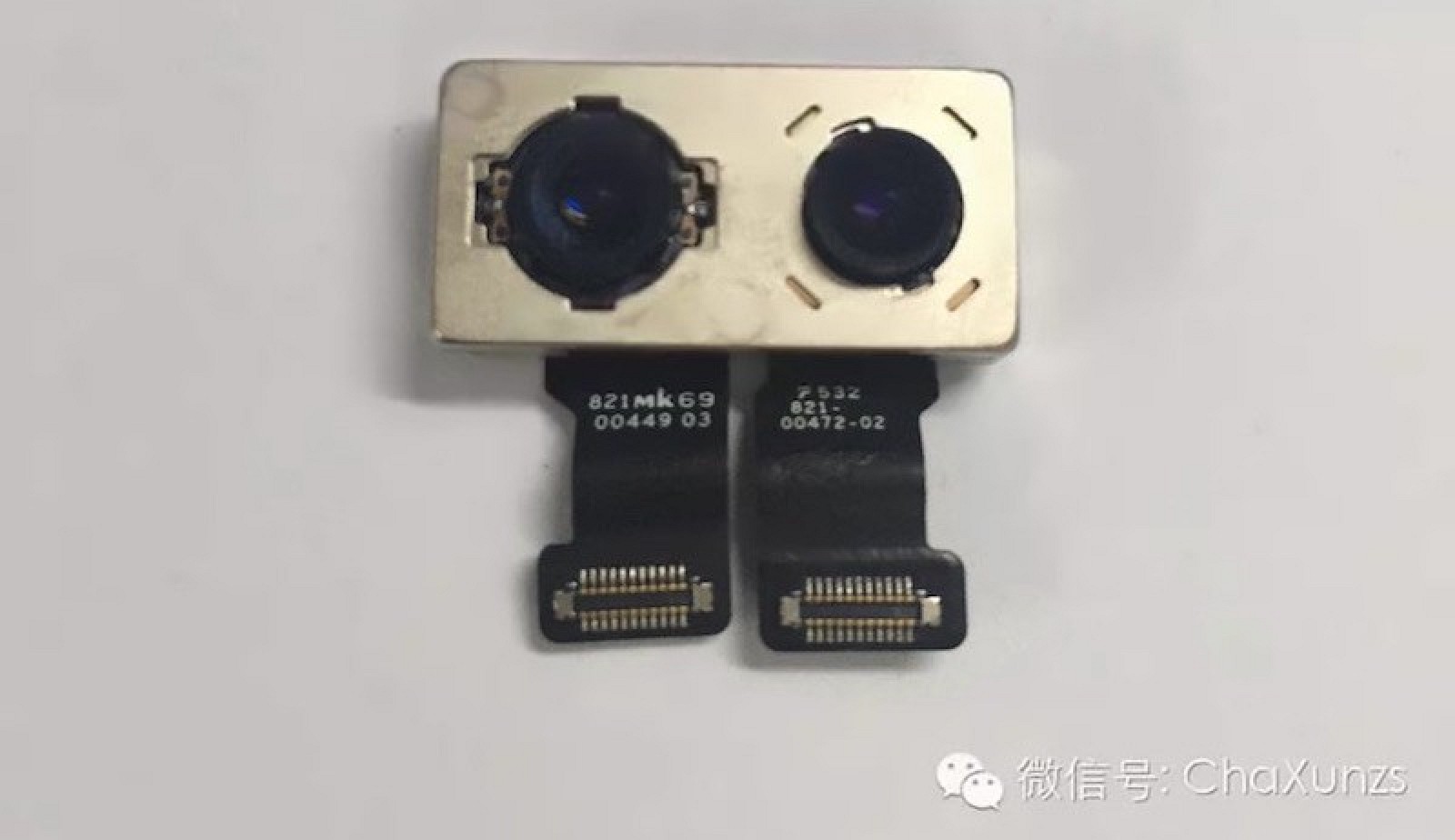
An image of the battery said to be for the iPhone 7 lists a capacity of 7.04 watt-hours. That's slightly larger than the equivalent battery capacity listed for the iPhone 6s (6.61 watt-hours) and almost identical to the iPhone 6 (7.01 watt-hours). Voltage is not visible on the alleged iPhone 7 battery, so the exact charge capacity is not yet available, but should be similar to the iPhone 6 battery.
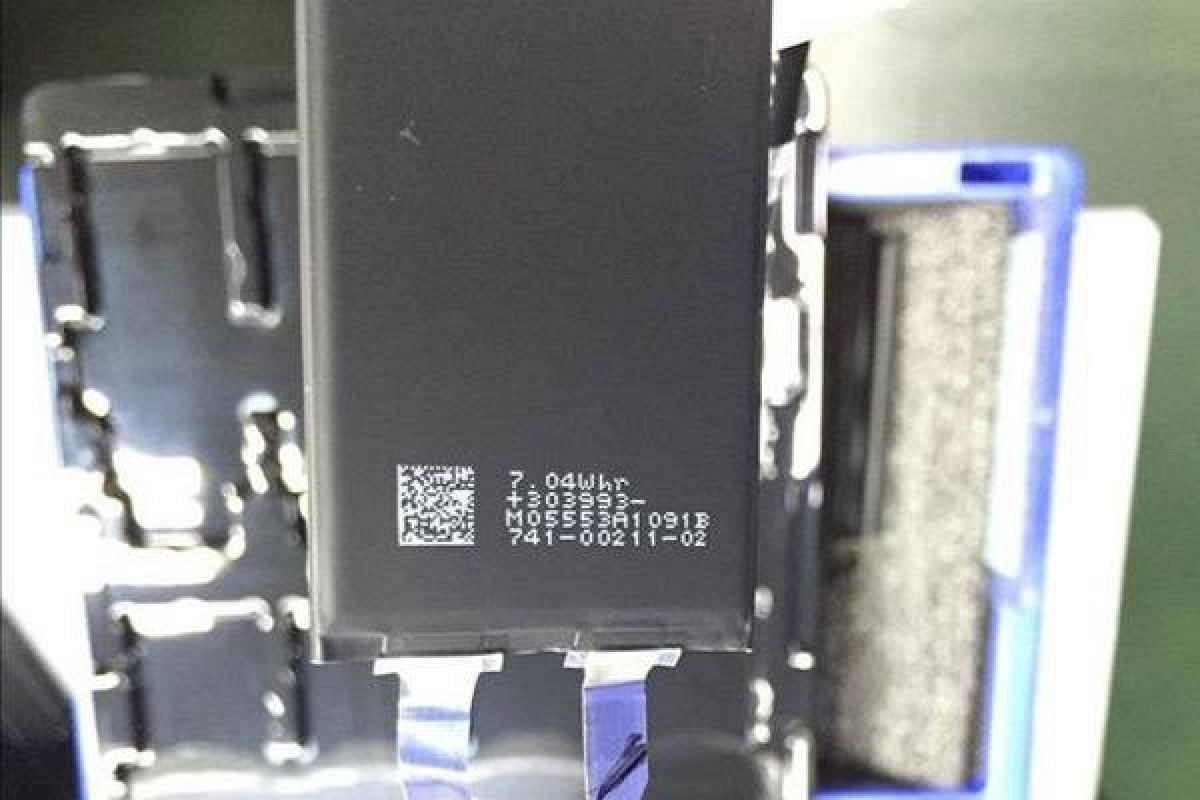
We've seen a backlight assembly said to be destined for the iPhone 7, which surfaced in January of 2016. We can't really glean any information about the iPhone 7 from the backlight component, but it is similar in design to the iPhone 6s and 6s Plus backlight assembly with the exception of relocated LCD flex cables and 3D Touch chip.
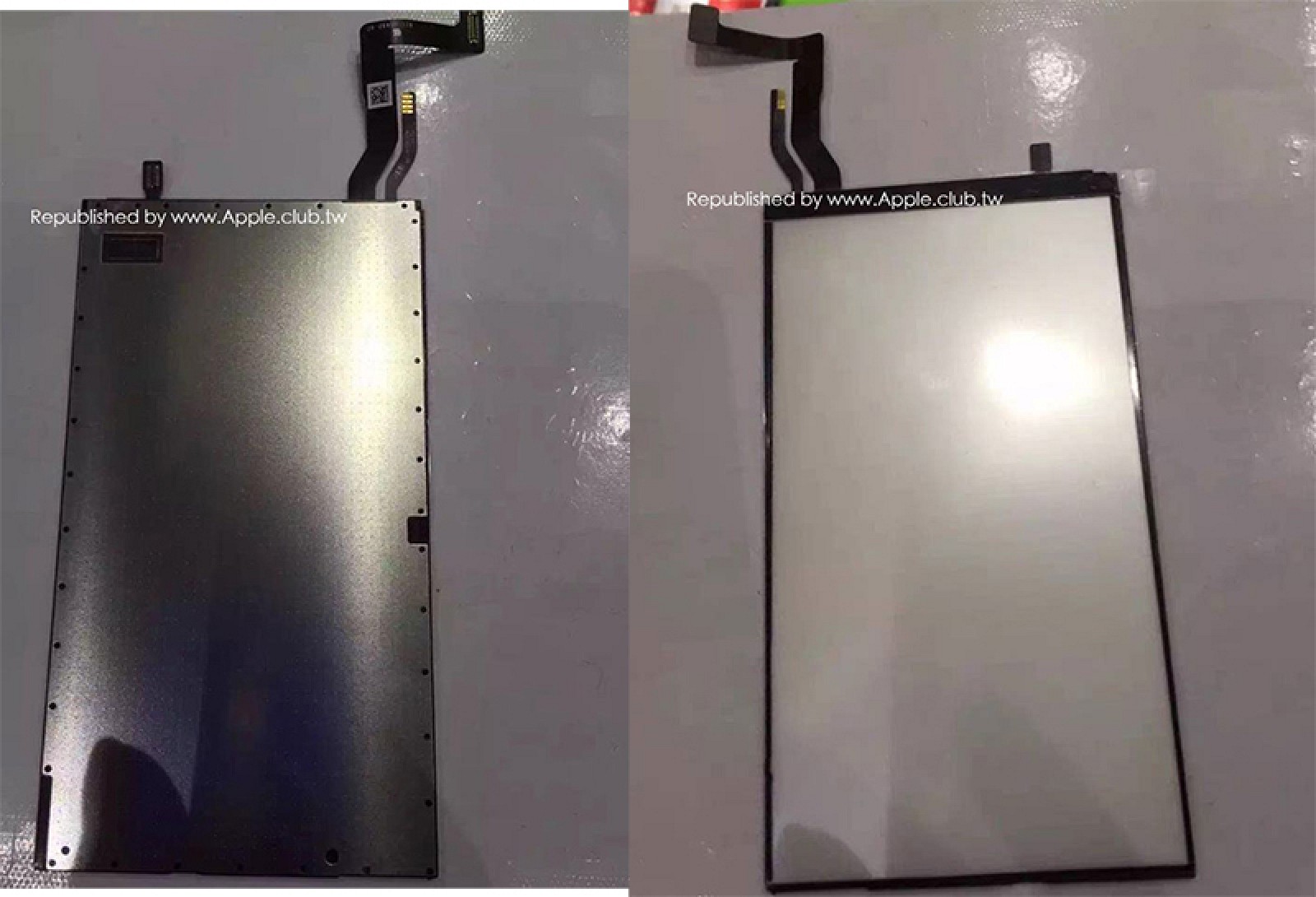
Case Leaks and Renderings
An image allegedly sourced from Apple manufacturer Catcher Technology depicts the body of the iPhone 7, showing a design that's similar to the iPhone 6s. In line with other rumors, the image shows antenna bands that are limited to the sides and top of the device, no longer spanning across the back.
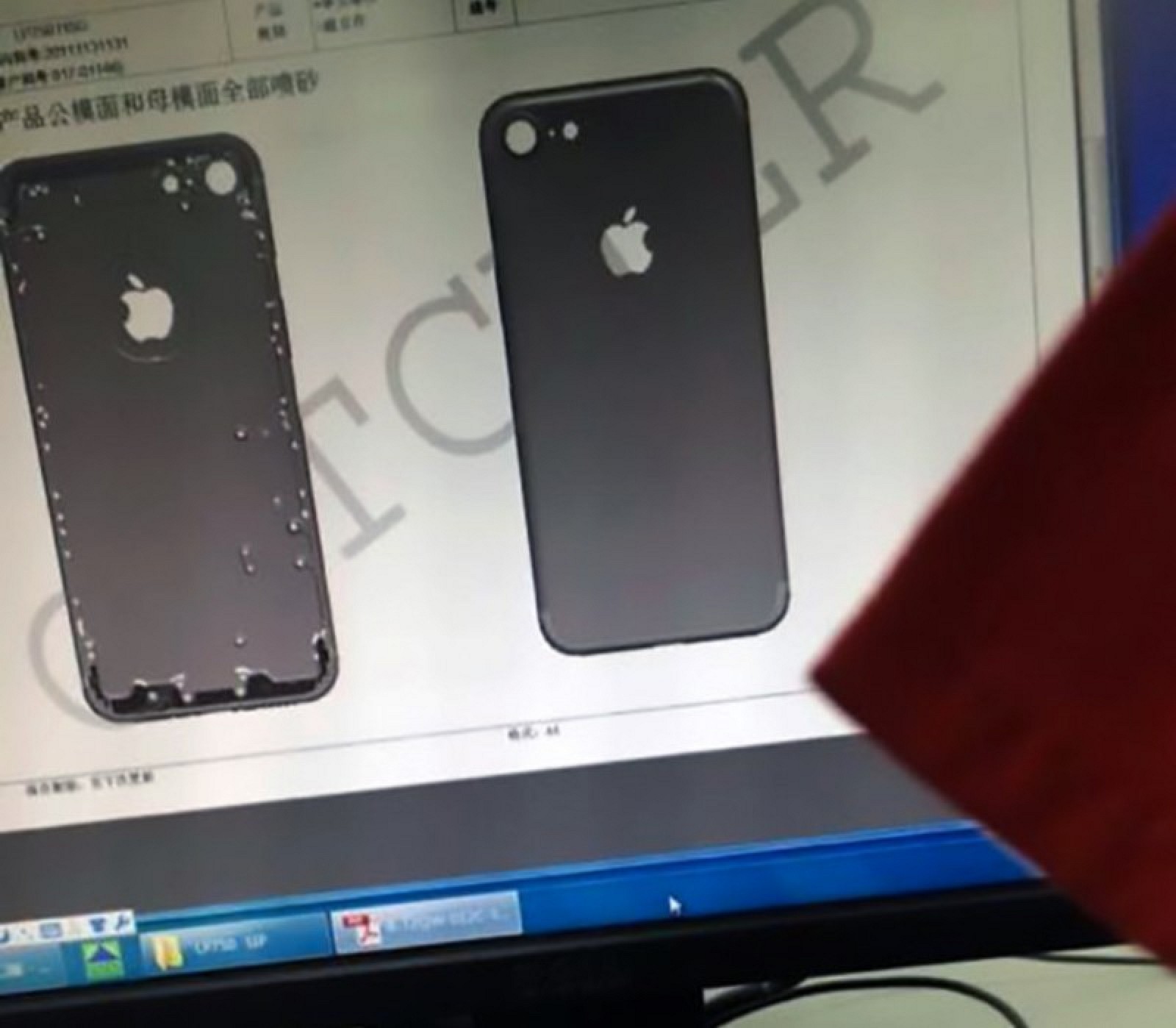
There also appears to be a larger hole for the camera, which may or may not protrude slightly. Some iPhone 7 rumors have suggested the camera will not protrude at all, but others disagree. It appears that if there is a protrusion, it will be less pronounced than the camera bump on the iPhone 6s. The Catcher image also does not appear to depict a device that is significantly thinner, casting some doubt on rumors suggesting the iPhone 7 could be up to a millimeter thinner than the iPhone 6s and as thin as the 6.1mm iPod touch.
Nowhereelse.fr's Steve Hemmerstoffer created a rendering of the camera design based on the drawing, which can be seen below. While the iPhone 7 is said to have a single camera as shown, the iPhone 7 Plus is rumored to have a dual-camera design.
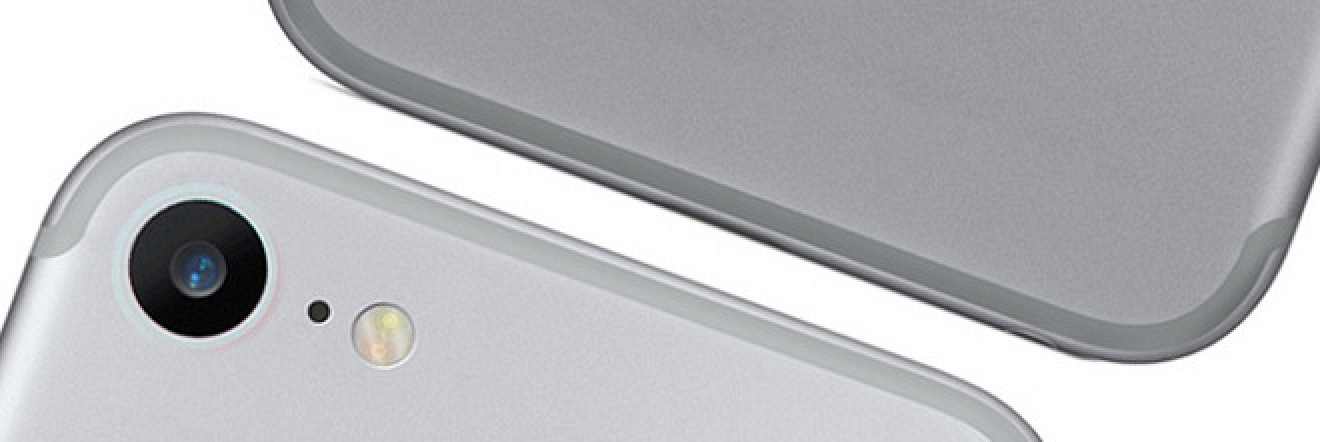
Feld & Volk, a company that creates luxury enclosures for the iPhone, has used a leaked image of what issaid to be the iPhone 7 Plus (depicted in the section above) to create a set of detailed renderings that give a clearer picture of what the larger-screened device might look like.
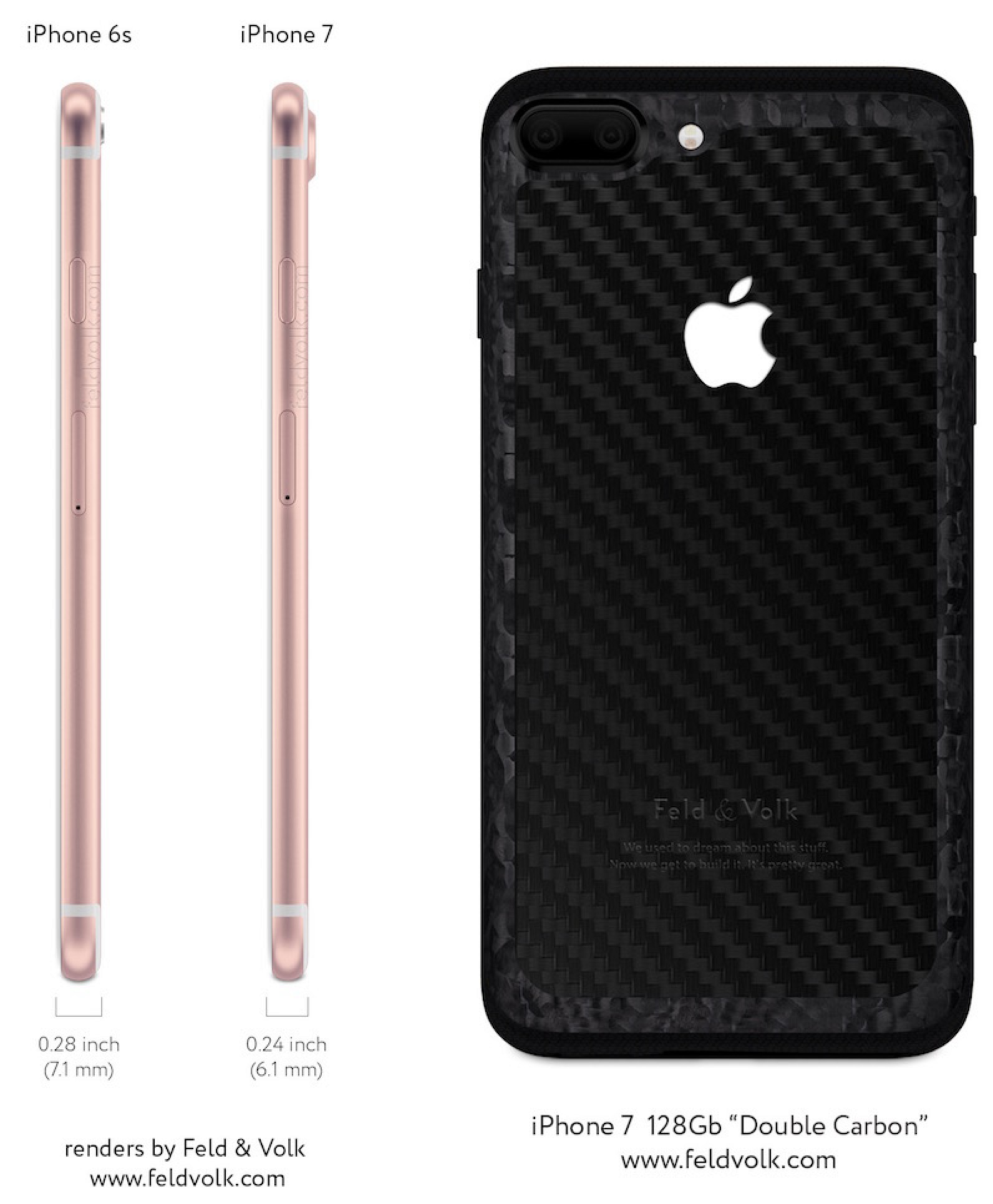
The renderings depict a phone that is thinner than the iPhone 6s with a protruding dual camera and a Smart Connector like on the iPad Pro.
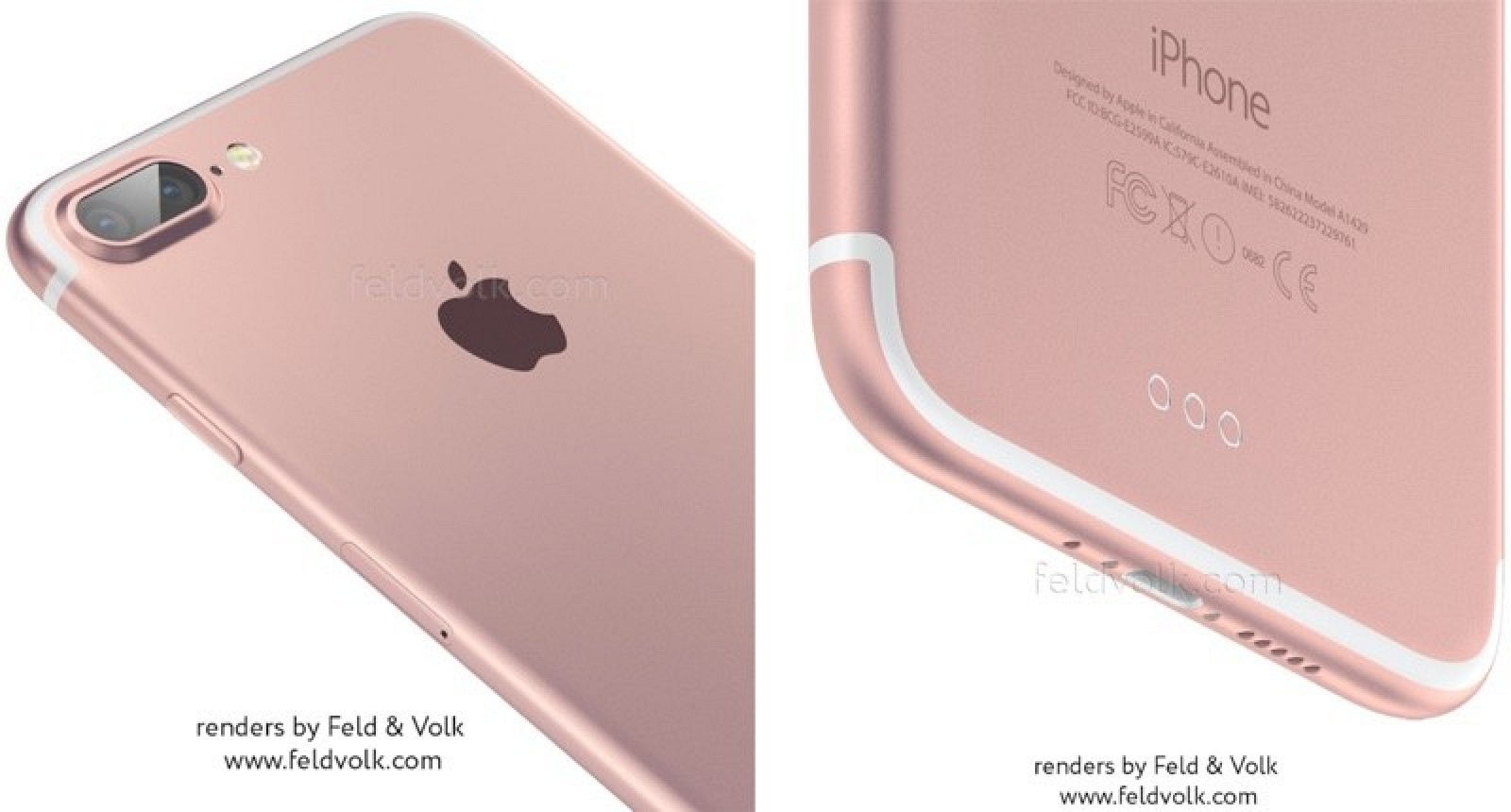
Overall, the device looks much like the iPhone 6s. Design changes include no rear antenna bands, but there continue to be bands at the bottom and the sides. Volume buttons, mute switch, and power button remain unchanged. It is not clear if this is the actual design of the iPhone, but it is a possibility and is in line with rumors.
The first alleged case for the iPhone 7 surfaced in March, with the overall design appearing to be similar to the iPhone 6s. It features the same pill-shaped volume buttons and side-located power buttons, but it has cutouts for two speakers, in line with one rumor suggesting the iPhone 7 will have stereo speakers.
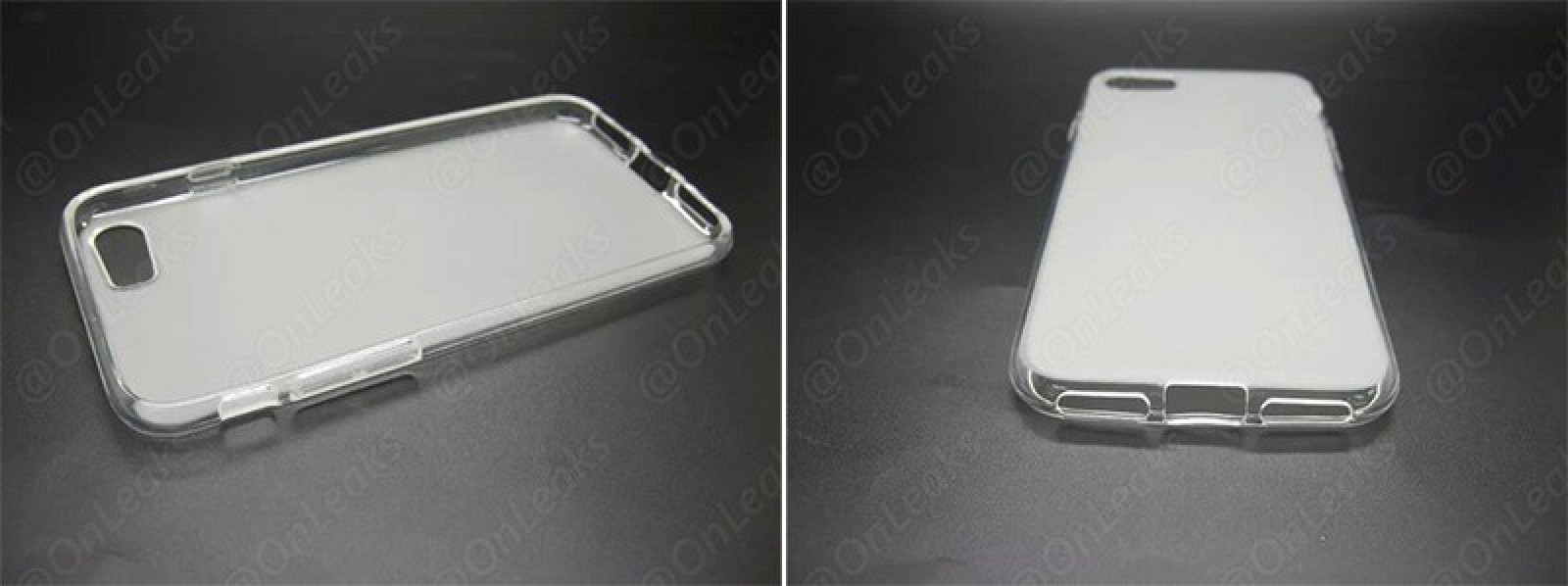
The two speaker cutouts replace the cutout for a headphone jack, which is said to be eliminated in the iPhone 7 in favor of an all-in-one Lightning port.
The iPhone 7 case was compared to an iPhone 6s on YouTube, and while the older device fit into the iPhone 7 case (suggesting the new phone won't be dramatically thinner), there were some differences. The iPhone 7 case appears to have a larger opening for the camera, which could be designed to accommodate a larger single-lens camera on the iPhone 7.
Because the iPhone 6s fit almost perfectly into the iPhone 7 case, it's possible that it won't be quite as thin as some rumors have suggested.
Early cases for new devices are often based on schematics obtained from factory workers and other inside sources and can give a solid picture of upcoming iPhone designs, but they are not accurate 100 percent of the time.
Design
The iPhone 7 is rumored to be thinner than the iPhone 6s, but exactly how thin remains in question. Apple may use the elimination of the headphone jack, advances in chip packing technology, and a slimmer Lightning port to cut down on the thickness of the device. One rumor has suggested the iPhone 7 will be between 6.0mm and 6.5mm, but leaked renderings and cases do not appear to depict a device that thin. For reference, Apple's current iPod touch, one of its thinnest devices, measures in at 6.1mm, compared to 7.1mm for the iPhone 6s and 7.3mm for the iPhone 6s Plus.
Information obtained by MacRumors and confirmed by additional reports indicates the iPhone 7's designwill be somewhat similar to the iPhone 6s, adopting the same general design language.
Apple may be planning to change the design of the antenna bands on the device, doing away with the thick white antenna bands that are located across the back of the Phone 6s rear shell. The bands located at the top, bottom, and sides of the device are rumored to remain on the iPhone 7, but the rear bands are eliminated for a cleaner look. As for the thinner Lightning port, while Apple plans to slim it down, it will continue to be compatible with existing the Lightning connector and Lightning cables.
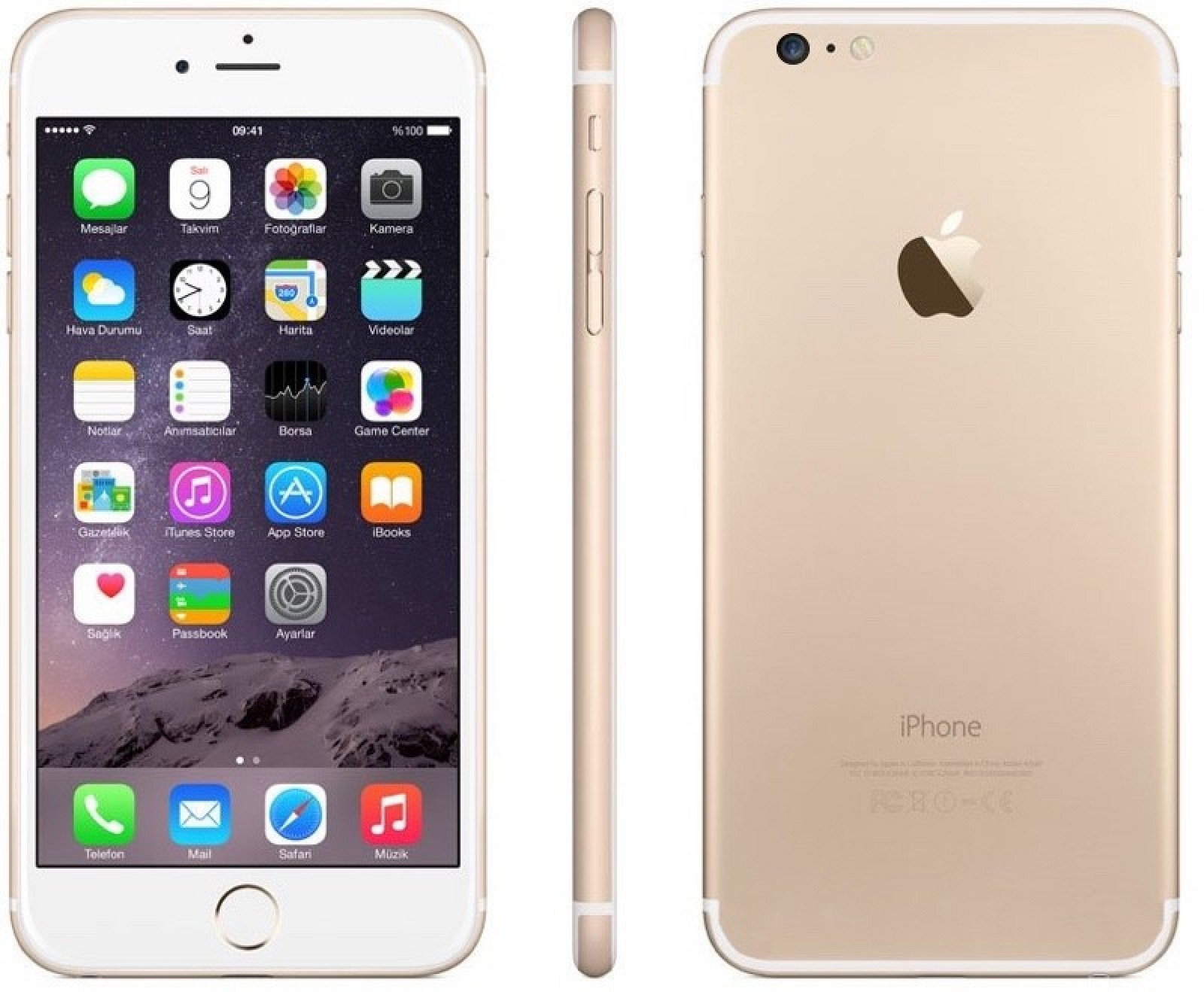
Rumors on the rear camera have varied. Some rumors point towards a camera that protrudes less or not at all, while an image of an alleged iPhone 7 Plus features a camera that continues to protrude.
Early rumors about the iPhone 7's design suggested the device could have a strengthened, water resistant frame that ditches Apple's traditional aluminum casing for "new compound materials, but a report fromMac Otakara says that is not the case. The iPhone 7 will use the same aluminum that's used in the iPhone 6s and it will be no more water resistant.
No Headphone Jack
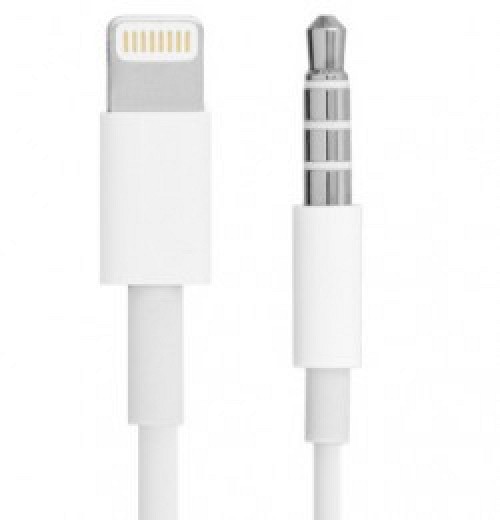
Apple may be able to decrease the thickness of the iPhone 7 byeliminating the headphone jack and instead adopting an all-in-one Lightning port that will support both charging and music playback with Lightning-equipped headphones.
With the iPhone 7, headphones will need a Lightning connector or a 3.5mm jack-to-Lightning adapter to connect to the Lightning port on the bottom of the phone. The device will also support wireless Bluetooth headphones.
In addition to allowing Apple to shave some thickness off of the iPhone 7 and saving valuable internal space, requiring headphones to connect through the Lightning port will boost overall audio quality. Apple is also rumored to be considering some new noise-canceling technology to remove background noise during music playback and phone calls, but rumors have disagreed on whether this will be introduced in the iPhone 7 or the next-generation iPhone.
Apple is said to be working on Lightning-equipped EarPods that will ship alongside the iPhone 7. They will be similar to the existing EarPods that are included in the iPhone box, but with a Lightning connector instead of a headphone jack. One rumor suggests the EarPods will connect to the iPhone using Bluetooth, but will charge through the device's Lightning port, much like the Apple Pencil charges through the Lightning port of the iPad Pro.
As for the empty space left by the headphone jack, Apple may be planning to replace it with a second speaker to introduce stereo sound in the iPhone 7 by adding an additional speaker, but rumors disagree on whether or not stereo speakers will actually be included.
WIRELESS EARPHONES
Along with Lightning-equipped EarPods that will be made available with the iPhone 7, Apple is rumored to be working on a new set of wireless Bluetooth earphones that would be sold alongside the iPhone 7 as a premium accessory and alternative to the EarPods.
While traditional Bluetooth headphones have a wire that connects the left and right ear pieces to each other, Apple is said to be designing earphones that do not include a connective cord between the ear pieces. These earphones would be similar in design to the Bragi Dash, an upcoming set of earphones that features individual ear pieces for each ear.

The wireless earphones, which have a battery life of approximately four hours due to the separate chips and batteries in each one, will reportedly charge through an included carrying case that also serves as a rechargeable battery to extend battery life as much as possible.
Smart Connector?
An image of a device said to be the iPhone 7 Plus has surfaced, depicting a Smart Connector on the back of the device. The Smart Connector is a feature introduced in the iPad Pro, used to connect accessories like the Smart Connector.
Japanese site Mac Otakara has also suggested the iPhone 7 and 7 Plus will include a Smart Connector, but it is not clear what it will be used for.
iPhone 7 vs. iPhone 7 Plus vs. "iPhone Pro"
With the release of the larger-screened iPhone 6 and 6 Plus, Apple differentiated between the two devices by including Optical Image Stabilization in the iPhone 6 Plus for improved photo and video capturing abilities. The iPhone 6s Plus continued to offer Optical Image Stabilization while the iPhone 6s did not, and it appears the iPhone 7 and the iPhone 7 Plus could also see different features, mainly when it comes to the camera -- the 4.7-inch iPhone 7 is said to have a regular camera while the 5.5-inch iPhone 7 Plus is said to incorporate a dual-lens camera.
According to reliable KGI Securities analyst Ming-Chi Kuo, Apple may actually be planning to introduce two versions of the iPhone 7 Plus -- one that includes a single-lens camera like the iPhone 7 and one that includes a dual-lens camera system. This would be an unusual move for Apple because it would splinter the iPhone lineup, and it should be noted that the rumor has not yet been confirmed by a second source.
It is possible that Apple is testing different iPhone 7 Plus prototypes, leading to rumors of two planned iPhone 7 Plus devices. Rumors have suggested Apple is testing and considering multiple dual-lens systemsfrom several camera makers in Japan, China, and Taiwan, and suppliers are gearing up to begin producing components for the lenses.
There's also a questionable rumor sourced from Chinese site MyDrivers suggesting the iPhone 7 Plus with the dual-lens camera system could actually be dubbed the "iPhone Pro" to set it apart from the iPhone 7 and the iPhone 7 Plus with a standard single-lens camera. This rumor should be viewed with some skepticism until confirmed.
DUAL-LENS CAMERA DETAILS
Apple is rumored to be working on at least one version of the iPhone 7 Plus that includes a a 12-megapixel dual-lens camera system that takes advantage of technology Apple acquired through the purchase of Israeli camera company LinX Imaging last year. Image quality in the iPhone 7 Plus could be greatly improved with the introduction of a dual-lens system, narrowing the gap between photos taken with the iPhone and those taken with a more robust DSLR cameras.

LinX dual-lens technology offers several potential benefits for the iPhone 7 Plus, with the rumor specifically pointing towards 2-3x optical zoom capabilities, perhaps implemented through the use of two lenses with different focal lengths. With a dual-lens camera system, images captured are clearer and brighter with less noise and truer color, allowing for pictures that include more detail, especially in low light conditions.
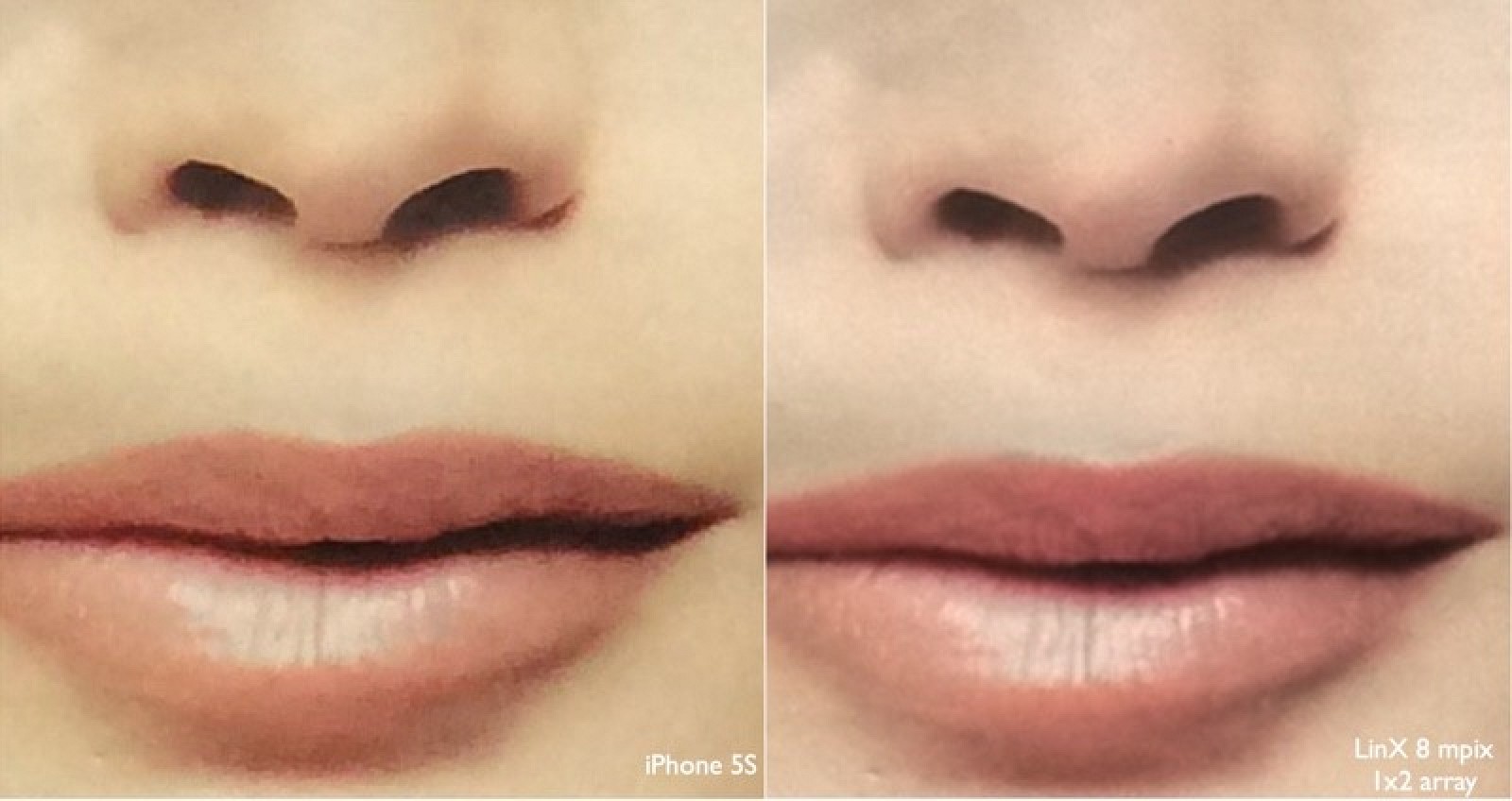
There's a possibility that a dual-lens system like the one LinX created could be used for depth mapping, allowing users to do things like take 3D scans of real world items or use depth information to refocus an image. For additional information on what LinX technology could mean for the iPhone 7, make sure tocheck out our in-depth LinX post.
Implementing LinX's camera system in the iPhone 7 Plus would potentially allow Apple to cut down on the size of the camera module, doing away with the protruding rear camera lens.
An example of how a dual-lens camera could potentially improve photos taken with the iPhone 7 Plus can be seen in the below video demonstration of similar technology from Corephotonics. Corephotonics' dual-lens system uses a wide-angle lens and a lens capable of 5X optical zoom and aggregates data from both to get a better picture.
We at MacRumors have created a video mockup that outlines what a dual-camera interface could look like in the Camera app on the iPhone, based on a recent Apple patent. In the patent, Apple outlines a split-screen interface with one side displaying the standard view from a wide-angle camera and another side displaying a zoomed-in view from an additional lens with a longer focal length. Pictures and video could be captured with both views simultaneously.
As for the camera in the iPhone 7 and the rumored single-lens iPhone 7 Plus, there's no word on what improvements may be introduced. If a version of the iPhone 7 Plus is set to see major gains in image quality, it stands to reason the iPhone 7 and/or the standard-lens iPhone 7 Plus will also see significant improvement, even if it is implemented outside of a dual-lens system. A rendering of an iPhone said to be the iPhone 7 depicts a larger camera cutout, perhaps to accommodate an improved sensor.
RAM
According to another prediction from KGI Securities analyst Ming-Chi Kuo, the iPhone 7 and the iPhone 7 Plus may have differing amounts of RAM. The smaller 4.7-inch iPhone 7 may ship with 2GB of RAM, while the larger 5.5-inch iPhone 7 Plus may ship with 3GB RAM.
STORAGE SPACE
Storage space may also be a differentiating factor between the iPhone 7 and the iPhone 7 Plus. An unconfirmed rumor suggests the larger iPhone 7 Plus could include a high-end 256GB storage option that would not be available with the iPhone 7. 256GB is a capacity that is not offered in any of Apple's current iOS devices, so it is questionable as to whether Apple would introduce such a high-capacity iPhone, but a256GB SanDisk flash storage chip possibly appropriate for use in an iPhone has been spotted. The rumor did not include a mention of other storage tiers that would be available for the two devices.
Wireless Charging
With the Lightning port being used for music playback, there will be no way to charge the iPhone 7 while headphones are plugged in, which has sparked some speculation about wireless charging. According to one rumor, Apple is exploring wireless charging technology that could potentially be included in the iPhone 7.
While Apple is said to be looking into wireless charging for the iPhone 7, there is no guarantee the feature will make it into the finished product. It is also not clear what method Apple would use to implement wireless charging.
Other Features
LTE SPEEDS
Apple may source some LTE modems for the iPhone 7 from Intel, perhaps adopting the Intel 7360 LTE modem and introducing faster LTE speeds on the device. The chip features faster theoretical downlink speeds of up to 450 MB/s, uplink speeds of up to 100 MB/s, and support for LTE category 10 and 29 bands.
BATTERY LIFE
Battery life in the iPhone 7 could be similar to or slightly better than battery life in the iPhone 6s. An image of the battery said to be for the iPhone 7 lists a capacity of 7.04 watt-hours, almost identical to the iPhone 6 which had a 7.01 watt-hour battery that was a bit larger than the 6.61 watt-hour battery in the iPhone 6s.
DISPLAY IMPROVEMENTS
Apple is rumored to be working on AMOLED displays for future iPhones, but the technology will not be ready for the iPhone 7. The iPhone 7 will continue to use the same TFT-LCD display technology used in the iPhone 6s.
Based on recent improvements introduced in the 9.7-inch iPad Pro, DisplayMate's Ray Soneira speculatesthe iPhone 7 display could include similar features, as Apple often expands display advancements across its entire product lineup.
He believes improvements could potentially include the DCI-P3 Wide Color gamut, introducing more vivid, true-to-life colors, and an improved anti-reflection coating to lower screen reflectance for better performance in high ambient light. True Tone, the 9.7-inch iPad Pro feature that adjusts the color temperature of the display to match ambient lighting, could also potentially be included if Apple "upgrades the ambient light sensors so they measure color in addition to brightness." A rumor from Mac Otakarasuggests the iPhone 7 will include two new sensors on the front of the device, which could potentially be related to True Tone display capabilities.
EMI SHIELDING AND CHIP PACKAGING
Apple is planning to implement improved electromagnetic interference (EMI) shielding techniques in the iPhone 7, with the goal of individually shielding most of the major chips in the device. EMI shields are used in iPhones and all other electronic devices to prevent wireless interference between different products.
Improved EMI shielding will perhaps allow Apple to place the various chips in the iPhone 7 closer together, allowing it to shrink down the device or leave room for new components or a larger battery. This could be one of the ways the company will find extra space to make the iPhone 7 thinner than the iPhone 6s.
Apple is said to be planning to use a new fan-out packaging technology for the antenna switching module and radio frequency chip in the iPhone 7, which is a feature that allows the iPhone to switch between LTE and other antennas like GSM and CDMA. Fan-out packaging technology allows for a greater number of I/O terminals while cutting down on chip size.
Using this packaging method, along with single-chip EMI shields, Apple will be able to fit more components into a single package while minimizing signal loss and also cutting down on the potential for interference in wireless communication.
Release Date
Apple typically introduces its new flagship iPhones in the fall during the month of September, and it's likely the company will continue to use the same release pattern for the iPhone 7. We expect to see the iPhone 7 and iPhone 7 Plus debut in the fall of 2016.
Beyond the iPhone 7
The iPhone 7 hasn't launched yet, but we're already hearing rumors about iPhones that will be released in 2017 and beyond. Apple is said to be working on flexible OLED displays for future versions of the iPhone, ata secret lab it's opened in Taiwan. Apple is also developing more advanced versions of liquid crystal displays, working on a technology called Micro-LED.
Starting in late 2015, Apple began pursuing OLED partnerships with LG Display and Samsung. Apple ultimately inked a deal with Samsung in April of 2016 that will see Samsung providing 5.5-inch OLED display panels to Apple for future iPhones.
Rumors also suggest Apple may also be planning to invest in AMOLED supplier AU Optronics as a source of displays for future iPhones, indicating Apple is pursuing multiple options for next-generation display technology.
Both OLED and Micro-LED technologies eliminate the need for the backlighting that's used in traditional LCDs, which would potentially allow Apple to cut down on the size of its iOS devices. Micro-LED suffers from low yields and OLED has a shorter life span, so they are both technologies that are not quite ready for near-future iPhone upgrades.
Rumors originally said Apple would introduce OLED displays in 2018, but its plans may have been pushed up. Apple may now be aiming to introduce the first OLED displays in iPhones at the end of 2017 instead of 2018.
Rumors suggest a 2017 or 2018 iPhone could include a 5.8-inch OLED display. One display expert speculates that this screen size could be used for an iPhone with a wraparound screen.

When applied to the height of an existing 5.5-inch iPhone, a 5.8-inch display like the one Apple is rumored to be working on would leave an extra 7.25mm of display on each side that could be used to wrap around the edges of the device. This would extend the display across the front and sides of the iPhone, perhaps enabling side-based gestures and buttons. We don't know what shape an iPhone with side bars could take, but the rumored 5.8-inch size of the display is about right to add side panels to current-generation iPhones.
The 2017 OLED display rumors and the 5.8-inch screen have been seconded by KGI Securities analyst Ming-Chi Kuo, who often has reliable information on Apple's plans. According to Kuo, the 2017 iPhone will introduce a 5.8-inch curved glass AMOLED display paired with a curved glass casing.
Apple is said to be planning to move away from an all-aluminum body, readopting the glass-backed design used in the iPhone 4 and the 4s and taking it "to the next level." A return to a glass body will allow Apple to differentiate itself from competitors who have largely switched over to aluminum. Kuo does not believe this will heavily impact weight and durability, with weight additions mitigated through the adoption of a slimmer OLED display. Wireless charging and biometric recognitions (facial are iris) are also features Kuo is predicting for the 2017 iPhone.
Based on AMOLED display availability, Kuo outlines two possible release scenarios. With sufficient supplies, Apple would launch a 4.7-inch LCD-based iPhone and a 5.8-inch AMOLED iPhone. If AMOLED display production is unable to meet demand, Kuo believes Apple would launch 4.7 and 5.5-inch LCD iPhones, along with a higher-end 5.8-inch AMOLED model.
In the future, Apple could introduce an iPhone without a home button, instead integrating Touch ID fingerprint recognition into the display of the device. Apple is working on developing touch and display driver integration (TTDI) chips, but it is not clear when that technology will be ready for use in an iPhone.
Apple is also rumored to be working on long-range wireless charging technology that could be implemented in phones as soon as 2017. Long-range wireless charging is superior to many existing wireless charging methods because it does not require devices to be as close to a charging source or mat.
There are some obstacles to overcome before such technology can be implemented, such as the loss of power transfer efficiency that occurs when the distance between the transmitter and the receiver is increased. This causes batteries further away from a charging source to charge more slowly.


No comments:
Post a Comment